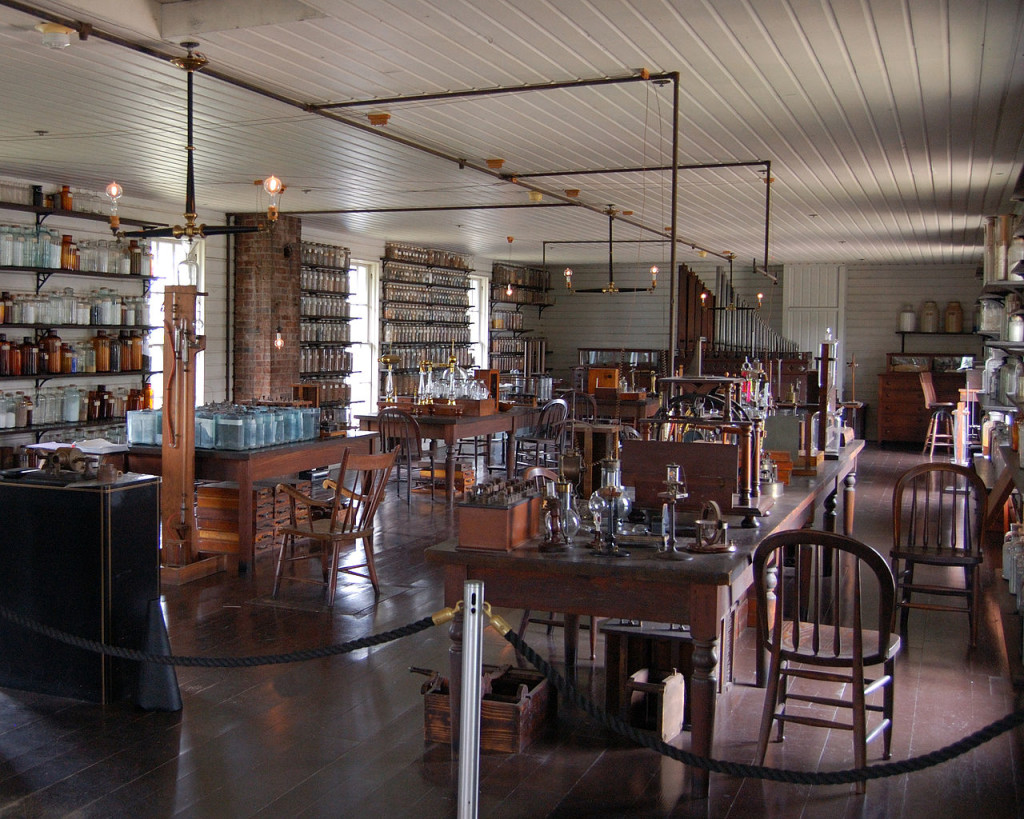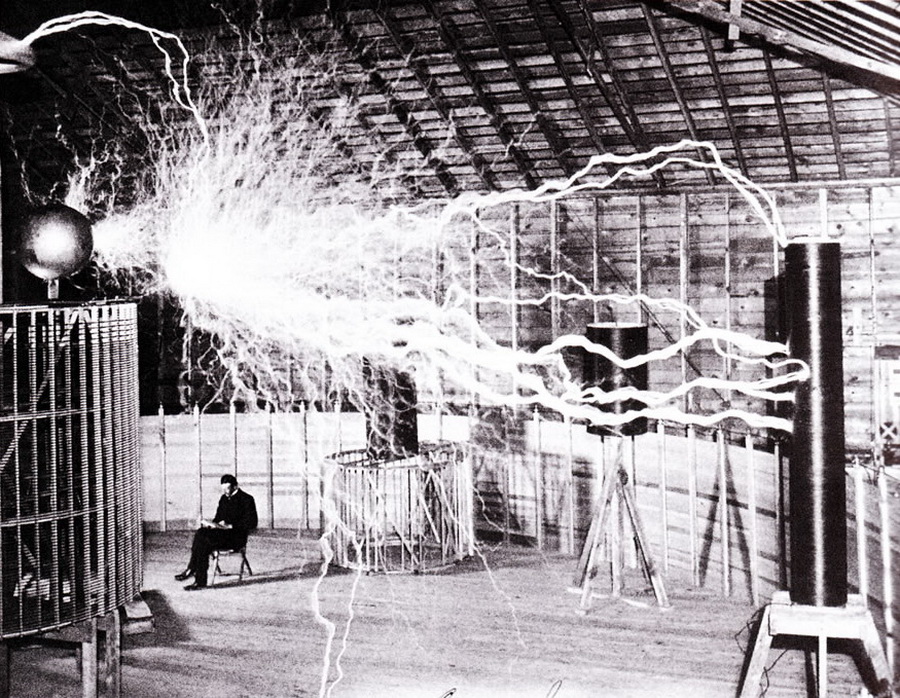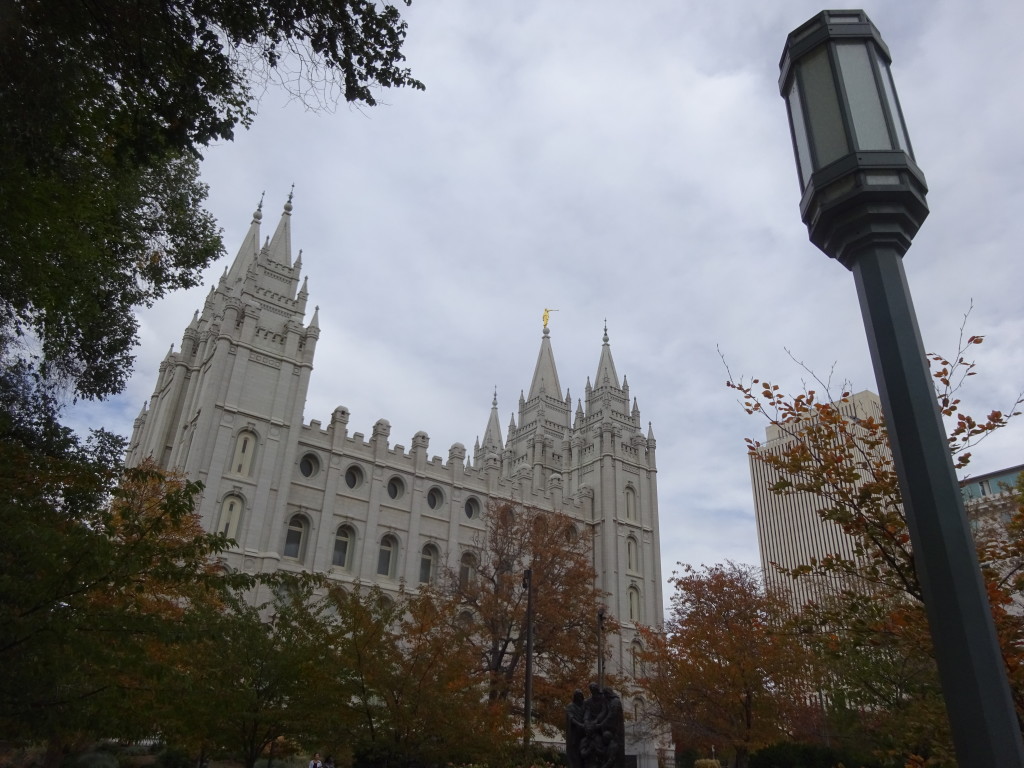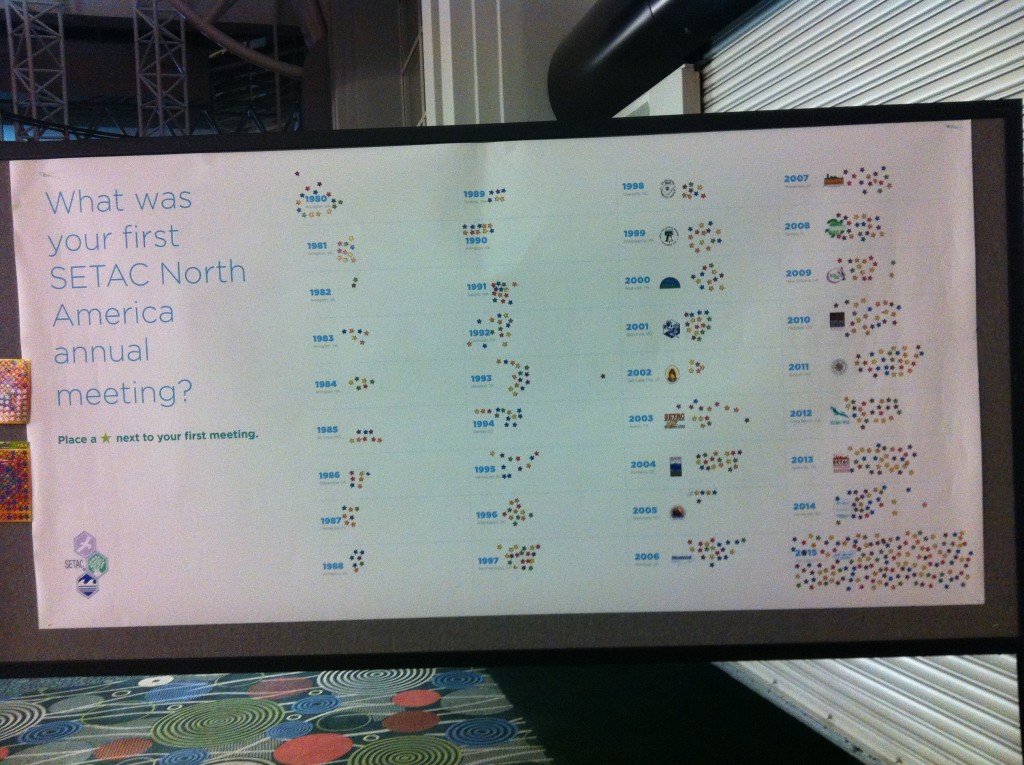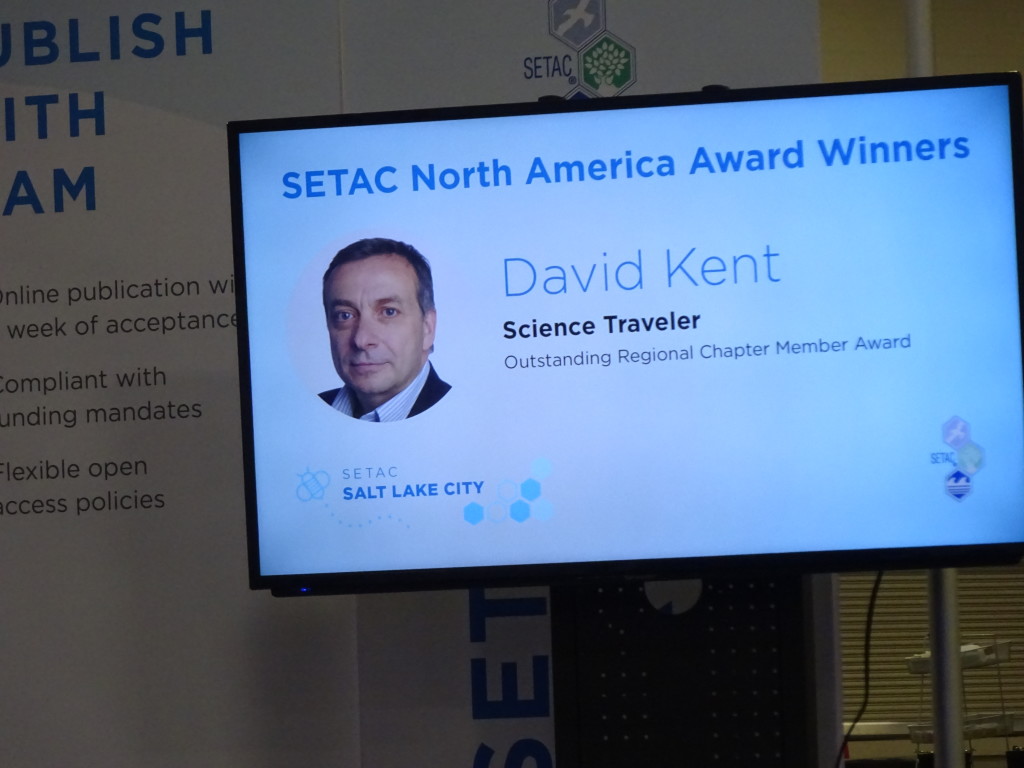 “…if this part of the natural process were under the control of man he could transform the entire globe.” – Nikola Tesla
“…if this part of the natural process were under the control of man he could transform the entire globe.” – Nikola Tesla
To Tesla, harnessing the power of falling water was not limited to locations such as Niagara or areas where dams could be built. One of his wilder ideas was to foresee getting electrical power from the rain. He thought the theoretical energy of falling water from rain was essentially unlimited, despite some inherent inefficiency.
Assuming for the rain clouds an average height of 15,000 feet and an annual precipitation of 33 inches, the power over the whole area of the United States amounts to more than twelve billion horsepower but a large portion of the potential energy is transformed into heat by friction of the rain drops against the air so that the actual mechanical energy is much smaller.
In a more practical sense, Tesla argued that “most of the water comes from a height of something like 2,000 feet, and all in all represents over one-half a billion horsepower.” This was more than six times greater than the total horsepower that could be garnered from harnessing all of the waterfalls in the United States.
How exactly would one harness the natural energy of the rain? Tesla believed that the precipitation of moisture could be controlled, sort of geoengineering a hundred years ahead of the current feeble attempts to control weather. First, he described the natural cycle of water between the atmosphere, the land, and the hydrosphere:
The water is evaporated and thus raised against the force of gravity. It is then held in suspension in the vapor which we call clouds. Air currents carry this vapor, hither and yon, often to distant regions, where it may remain for long periods at a height, in a state of delicate suspension. When the equilibrium is disturbed the water falls to earth [in the] form of rain and through rills and rivers flows back to the ocean.
He then suggested that “the energy necessary to cause the precipitation of the rain, compared to that rain’s potential energy when released, is like that of the spark setting off a charge of dynamite compared to the dynamite.” He never specified exactly how that could be done, but did speculate that “if this part of the natural process were under the control of man he could transform the entire globe.”
Unfortunately, there were just too many practical limitations to exploit these ideas. Tesla himself noted that most of the rainfall would be inaccessible because it falls over the “three-quarters of the earth’s surface covered by the oceans.” He even considered the possibility of artificially producing rain. In the end, though “many schemes have been proposed,” none of them “offered the remotest chance of success.” Tesla did say encouragingly that he had “ascertained that with proper apparatus this wonder can be performed.”
By this time Tesla was nearing the end of his productive period of invention, so perhaps we can forgive him for not figuring out all of the problems of science. Clearly he was someone who thought in terms of completely new technologies rather than simply tinkering with the old ways. Sometimes his grandiose ideas worked out, and other times they would be left for future generations to solve. And some, like this one, may likely never be found practical.
With the idea of extracting electrical energy from rain fading liking a rainbow on the horizon, Tesla thought again about how to derive energy from nature. Perhaps the tides?
[Read more in Nikola Tesla: Renewable Energy Ahead of Its Time, from which the above is an excerpt]
David J. Kent has been a scientist for thirty-five years, is an avid science traveler, and an independent Abraham Lincoln historian. He is the author of Tesla: The Wizard of Electricity (now in its 5th printing) and two e-books: Nikola Tesla: Renewable Energy Ahead of Its Time and Abraham Lincoln and Nikola Tesla: Connected by Fate. His book on Thomas Edison is due in Barnes and Noble stores in spring 2016.
Follow me by subscribing by email on the home page. And feel free to “Like” my Facebook author’s page and connect on LinkedIn. Share with your friends using the buttons below.



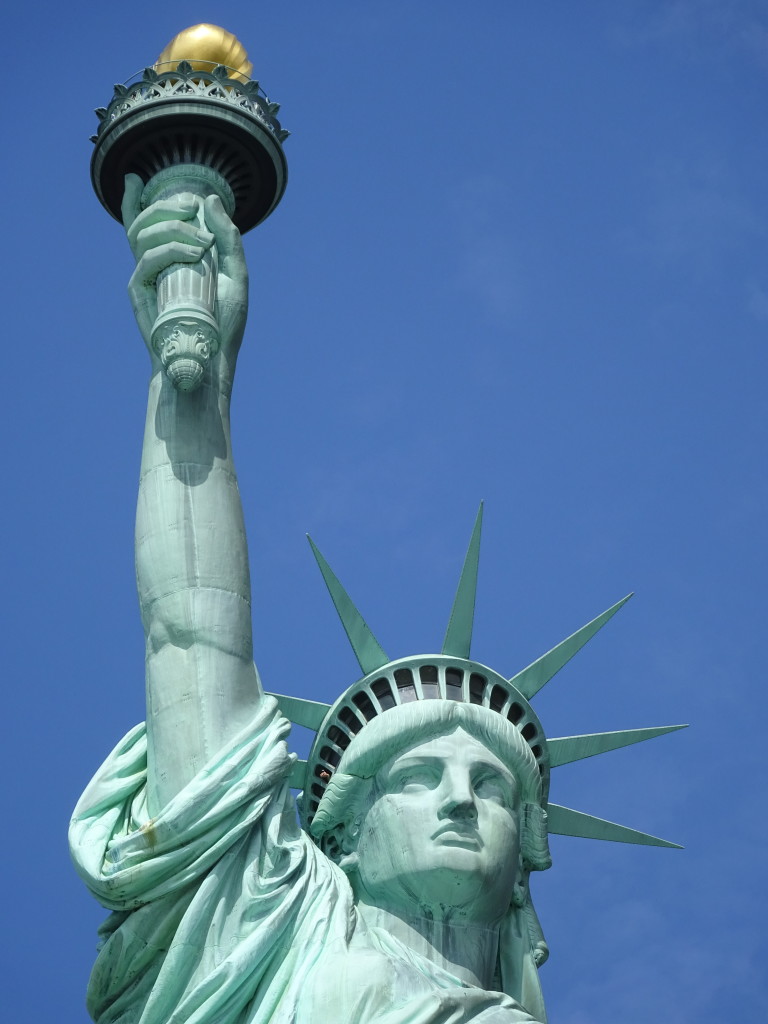
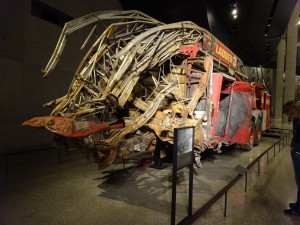 Tesla) circled the boat, we stopped at Ellis Island on the way back, just long enough to remind us that immigration is the fabric of our nation. From there we visited One World Trade Center, called “Freedom Tower” by many. Sitting on the site of the World Trade Towers that fell September 11, 2001, the new building overlooks two reverse pools surrounded by the names of those lost. A museum brings you down into the nightmare that was that day, and also the heroism. It’s a must visit.
Tesla) circled the boat, we stopped at Ellis Island on the way back, just long enough to remind us that immigration is the fabric of our nation. From there we visited One World Trade Center, called “Freedom Tower” by many. Sitting on the site of the World Trade Towers that fell September 11, 2001, the new building overlooks two reverse pools surrounded by the names of those lost. A museum brings you down into the nightmare that was that day, and also the heroism. It’s a must visit.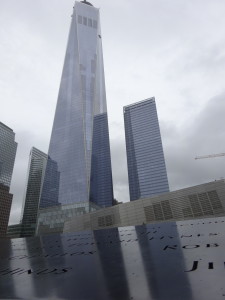
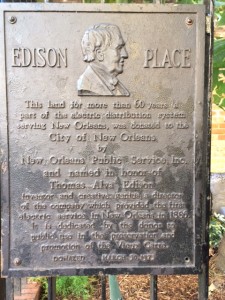 After hosting the Thanksgiving visit the only trip left on the calendar this year is a 4-day weekend in New Orleans. I’ve never been there. After lobbying SETAC for ten years to hold a meeting there they finally scheduled one – for the time that I was working in Brussels and my company refused to allow me to come back for it. I’m looking forward to it, especially now that I know there is a plaque highlighting Thomas Edison in the French Quarter.
After hosting the Thanksgiving visit the only trip left on the calendar this year is a 4-day weekend in New Orleans. I’ve never been there. After lobbying SETAC for ten years to hold a meeting there they finally scheduled one – for the time that I was working in Brussels and my company refused to allow me to come back for it. I’m looking forward to it, especially now that I know there is a plaque highlighting Thomas Edison in the French Quarter.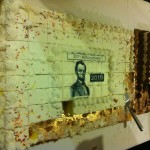 I’ve just returned from the annual Lincoln Forum conference in Gettysburg, Pennsylvania. This was the 20th anniversary event, complete with cake. The Forum fills two and a half days with presentations by renowned Abraham Lincoln scholars, great camaraderie, and books. A lot of books. As usual, my bag coming home is filled with new books picked up at the conference bookstore.
I’ve just returned from the annual Lincoln Forum conference in Gettysburg, Pennsylvania. This was the 20th anniversary event, complete with cake. The Forum fills two and a half days with presentations by renowned Abraham Lincoln scholars, great camaraderie, and books. A lot of books. As usual, my bag coming home is filled with new books picked up at the conference bookstore. Now the books. New additions to my collection include an essay compilation book edited by Frank Williams and a second similar book edited by Joseph Fornieri. I also picked up an edition of Reck’s A Lincoln: His Last 24 Hours and a book on the lost whaling fleet (which had battled the confederate navy and the Arctic during the Civil War). Perhaps the most unique acquisition is a book called Villainous Compounds: Chemical Weapons & The American Civil War by Guy R. Hasegawa. With my scientific background it would almost be blasphemous if I hadn’t bought it (he tells himself, in a rationalizing sort of way).
Now the books. New additions to my collection include an essay compilation book edited by Frank Williams and a second similar book edited by Joseph Fornieri. I also picked up an edition of Reck’s A Lincoln: His Last 24 Hours and a book on the lost whaling fleet (which had battled the confederate navy and the Arctic during the Civil War). Perhaps the most unique acquisition is a book called Villainous Compounds: Chemical Weapons & The American Civil War by Guy R. Hasegawa. With my scientific background it would almost be blasphemous if I hadn’t bought it (he tells himself, in a rationalizing sort of way).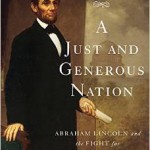 Having already bought it beforehand, I took advantage of the conference to bring my copy of Harold Holzer’s new book
Having already bought it beforehand, I took advantage of the conference to bring my copy of Harold Holzer’s new book 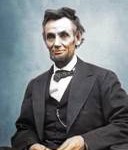 It’s been a busy 48 hours with respect to Abraham Lincoln traveling. And it’s about to get even busier.
It’s been a busy 48 hours with respect to Abraham Lincoln traveling. And it’s about to get even busier.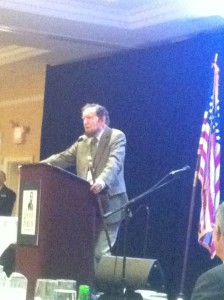
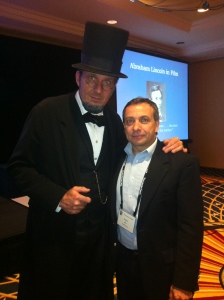
 Climate change has already shown impacts not only on the world’s temperatures but on ocean acidification, sea level rise, and effects on plant and animal migration behaviors, among others. The Dake Page periodically reviews science-related books.It isn’t clear whether the impacts noted in Fire in the Turtle House are related to climate change or some other cause, but it reflects how quickly disruptions can result in catastrophic impacts on wildlife. What follows is a short review of
Climate change has already shown impacts not only on the world’s temperatures but on ocean acidification, sea level rise, and effects on plant and animal migration behaviors, among others. The Dake Page periodically reviews science-related books.It isn’t clear whether the impacts noted in Fire in the Turtle House are related to climate change or some other cause, but it reflects how quickly disruptions can result in catastrophic impacts on wildlife. What follows is a short review of 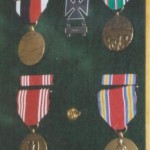 Soon my parents will be visiting from New England. They will spend a few days with me, then a few days with my brother who lives about 20 minutes away. The visit has become an annual event since my return from living overseas, not counting the year of Dad’s major heart surgery.
Soon my parents will be visiting from New England. They will spend a few days with me, then a few days with my brother who lives about 20 minutes away. The visit has become an annual event since my return from living overseas, not counting the year of Dad’s major heart surgery.